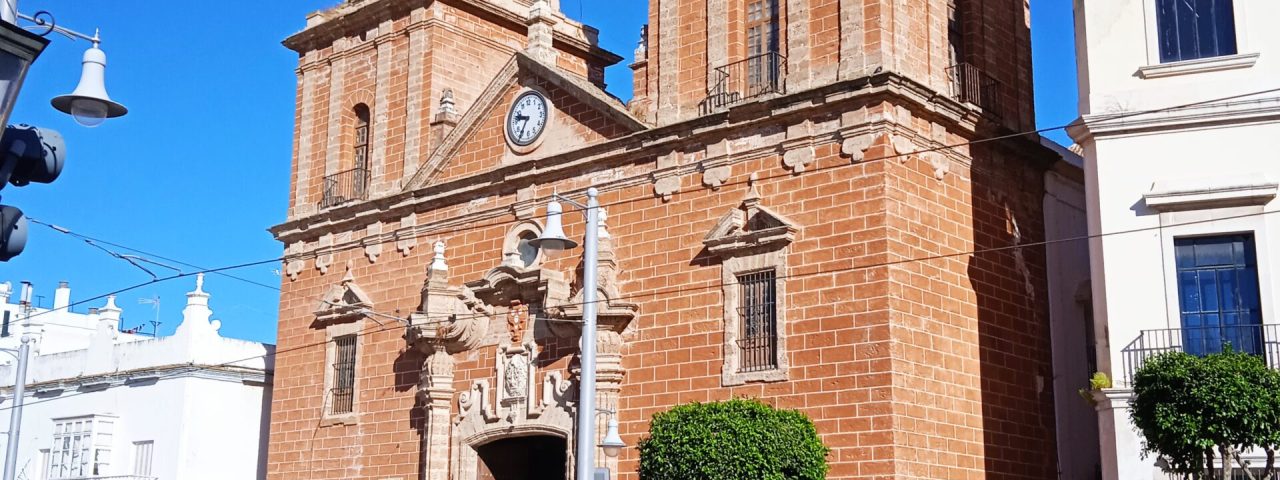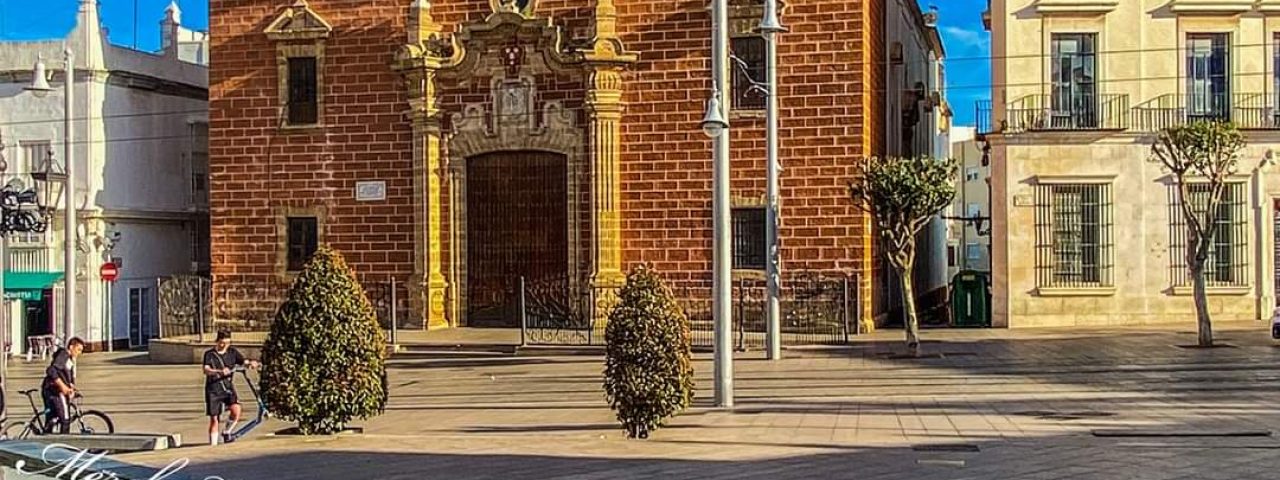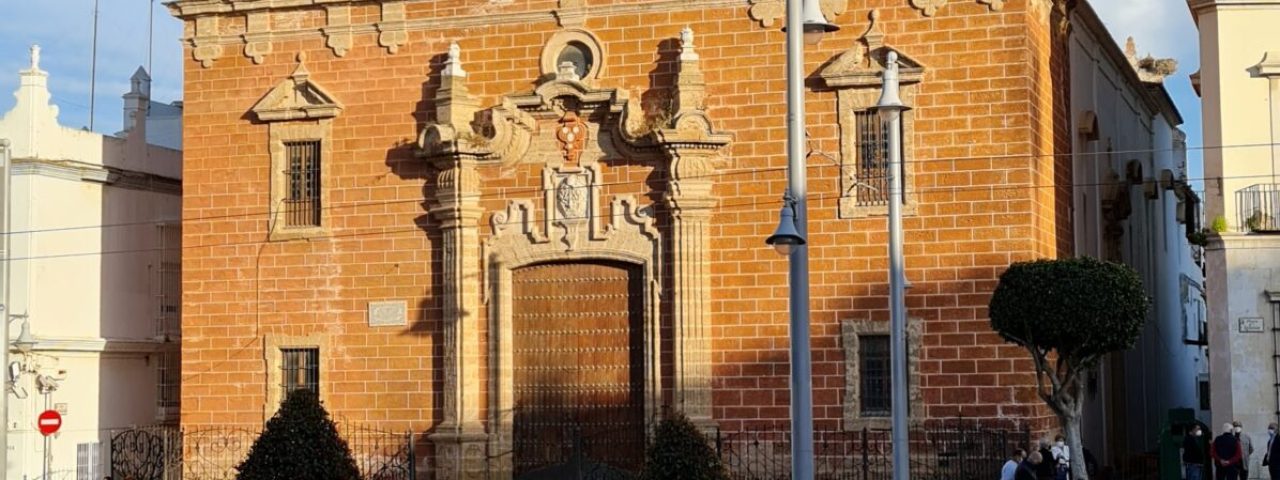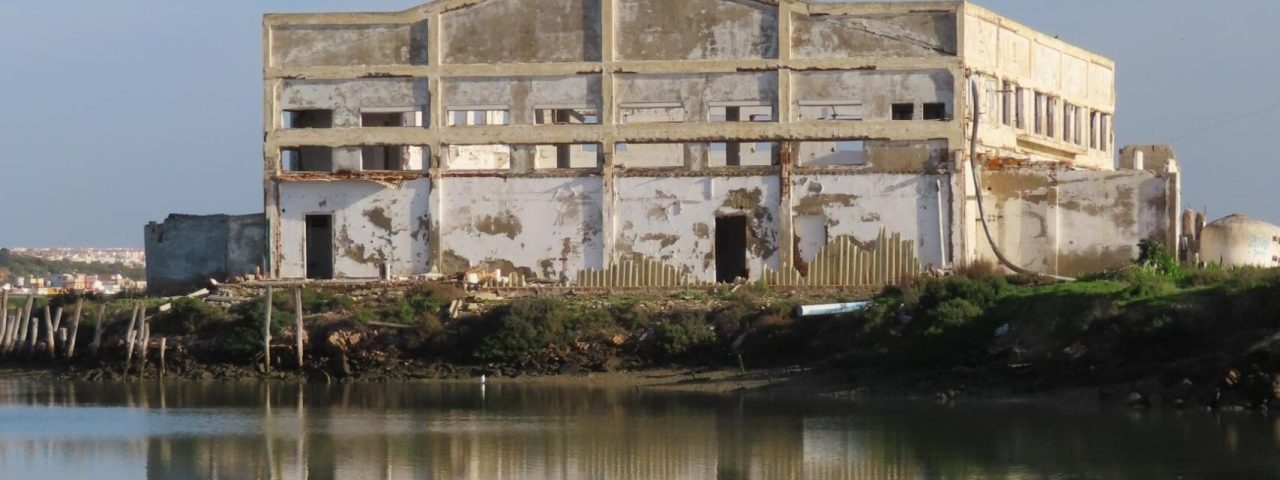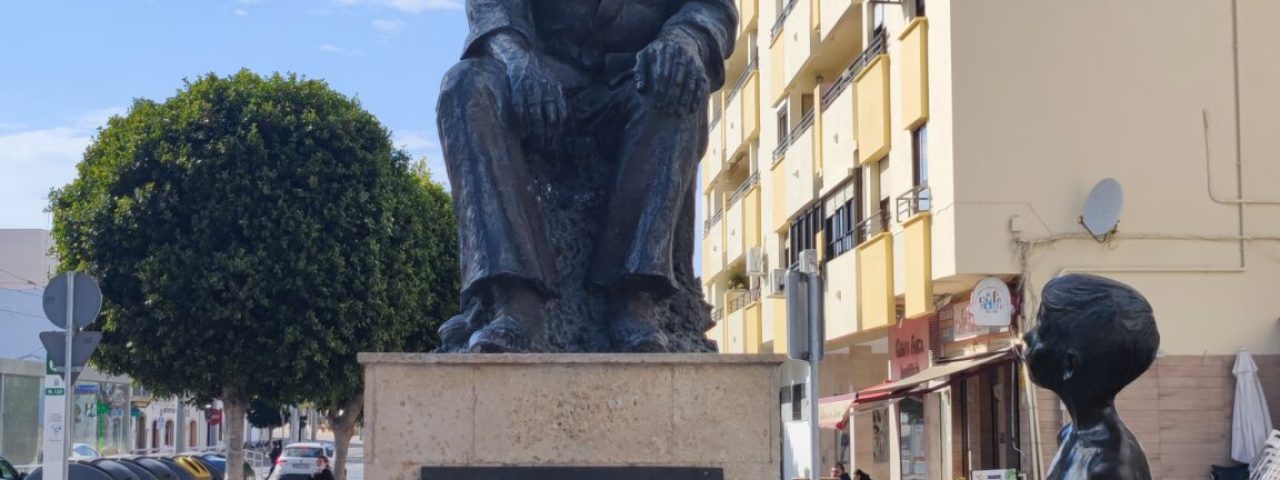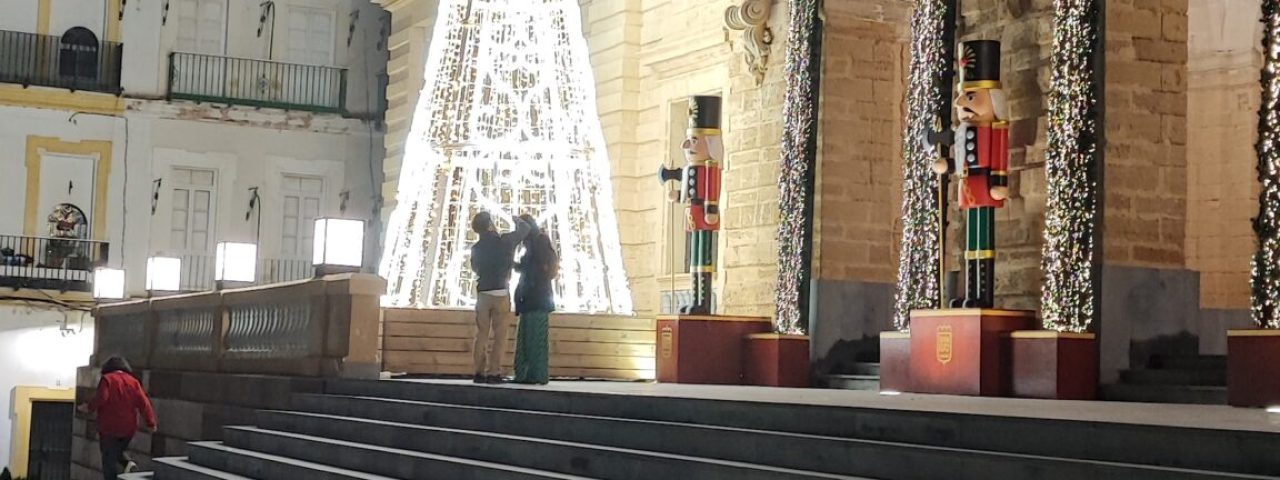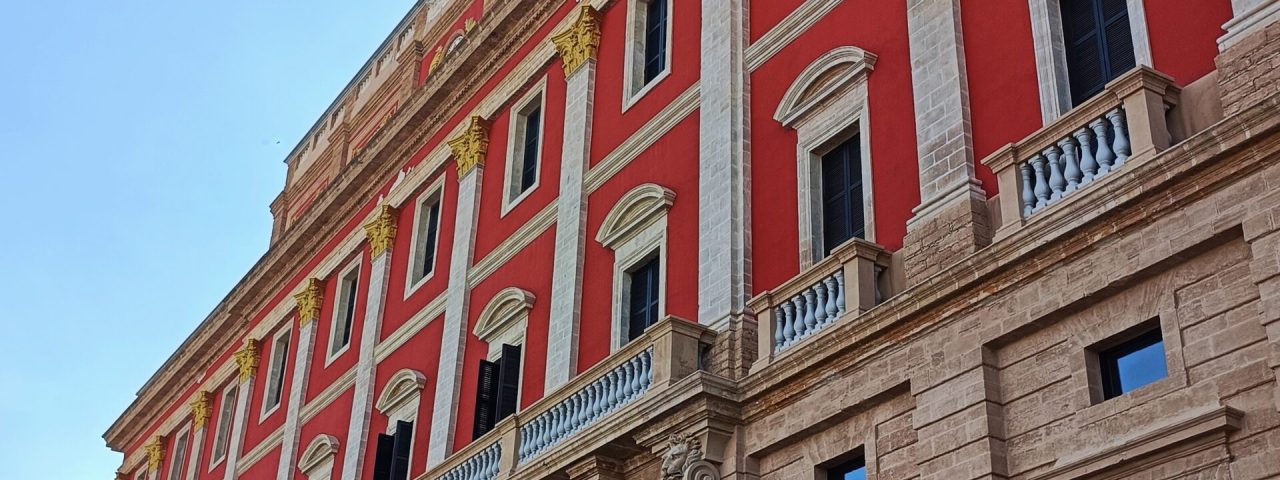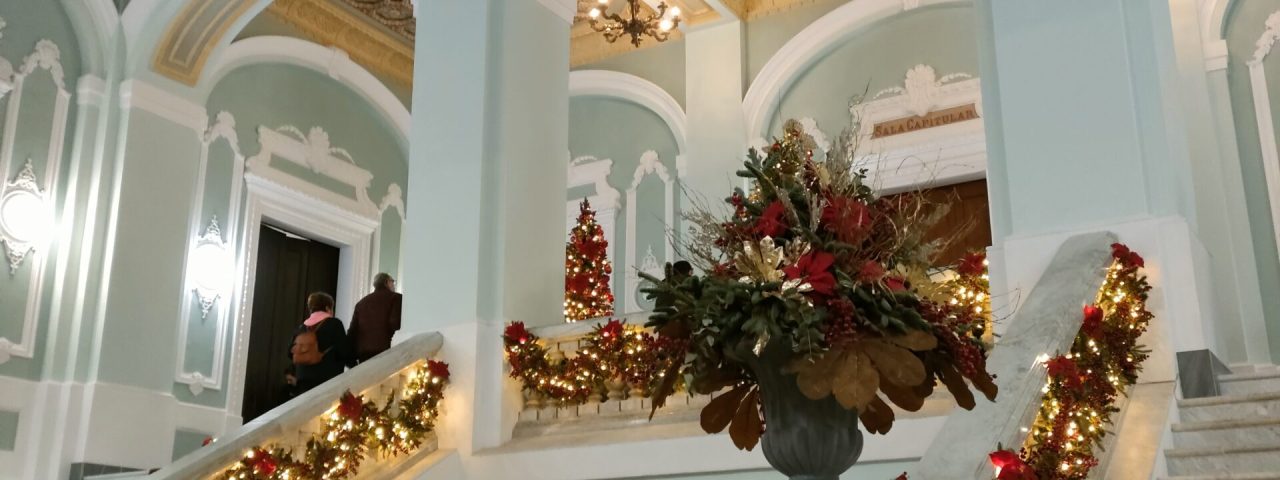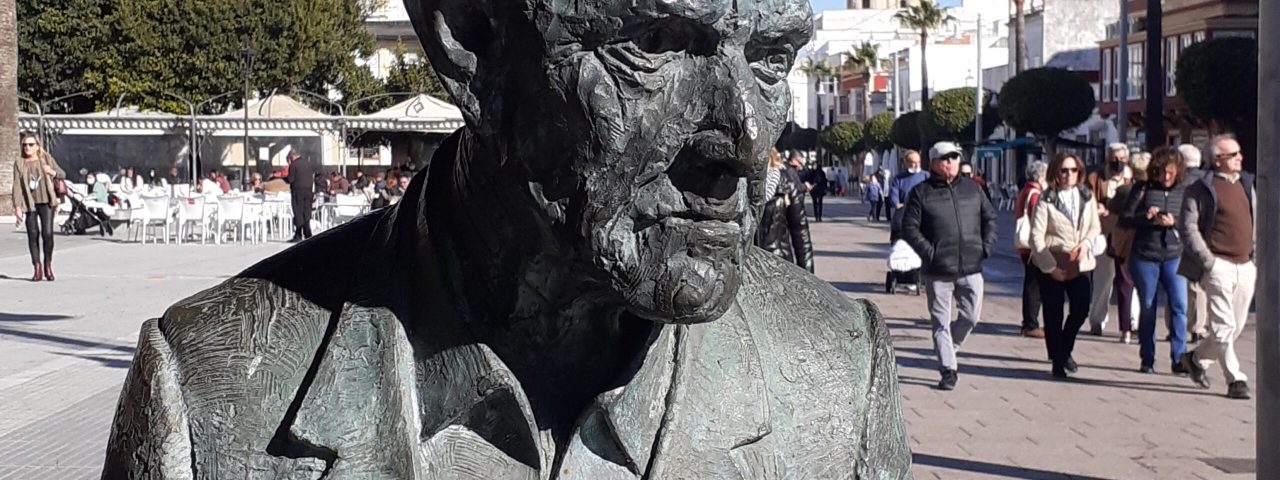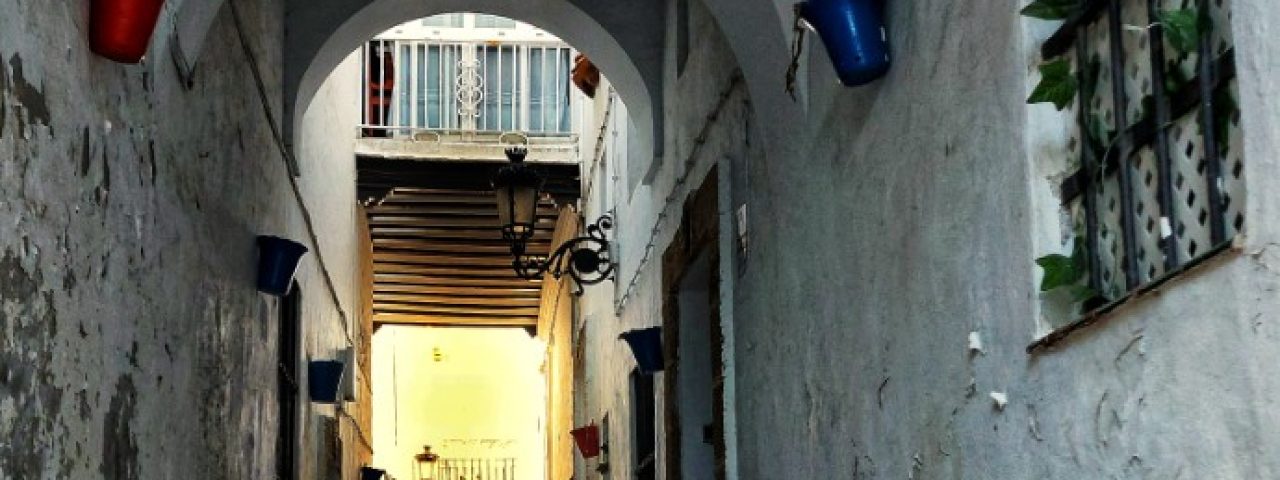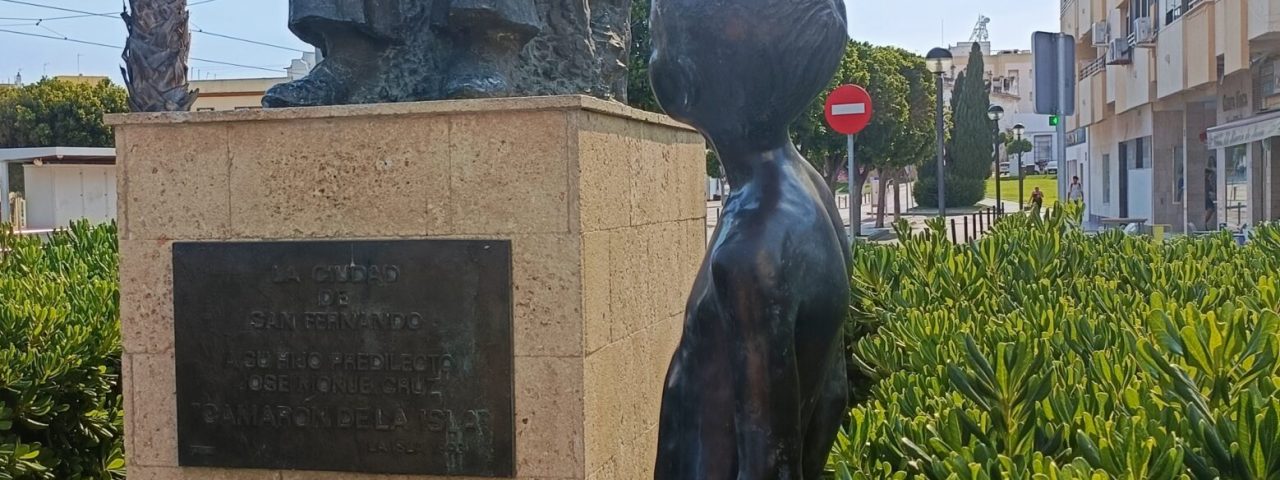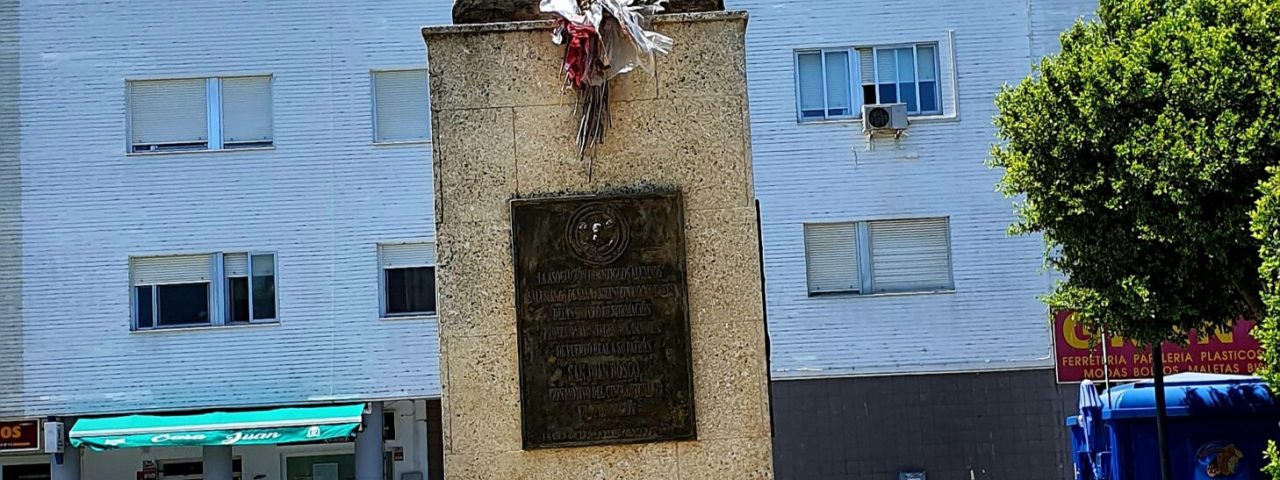San Fernando’s history is deeply intertwined with its maritime and military past. Originally founded during the Phoenician and Roman periods, the city has played a key role in Spanish naval history, particularly during the 18th and 19th centuries. It became a strategic military base due to its proximity to the Cádiz Bay and naval port. The city is home to the famed Panteón de Marinos Ilustres, a mausoleum dedicated to illustrious sailors, which is a testament to its naval heritage.
The city’s culture is quintessentially Andalusian, with a deep connection to Flamenco music and dance. San Fernando is the birthplace of legendary Flamenco artist, Camarón de la Isla, whose influence continues to resonate throughout the city. The city celebrates its cultural legacy with the annual Camarón Festival, a major event that draws Flamenco enthusiasts from around the world. Other cultural highlights include traditional Andalusian festivals like the Holy Week processions (Semana Santa) and the Feria del Carmen, which pays tribute to the Virgin of Carmen, the patroness of sailors.
In terms of historical landmarks, San Fernando is home to the Real Teatro de las Cortes, an important site where the first Spanish constitution was debated in 1810. This theater is not only a key cultural venue but also a symbol of Spain’s democratic history, attracting visitors interested in both history and live performances.
